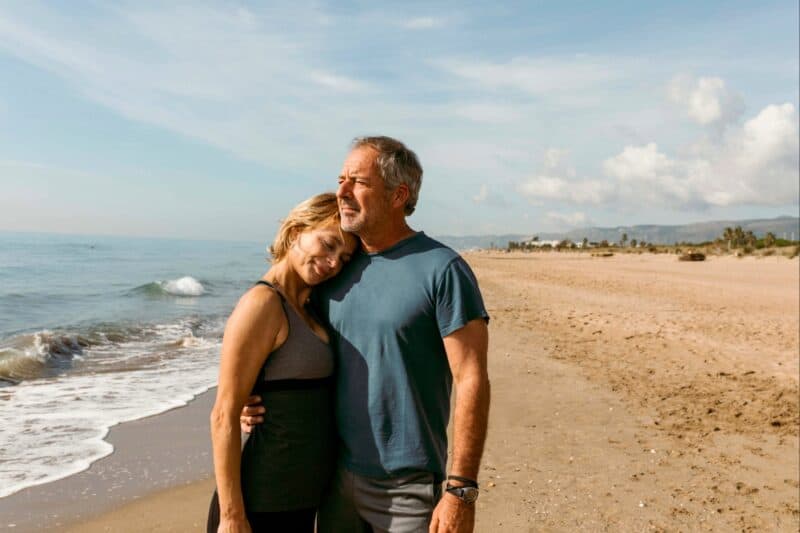Iron deficiency continues to be one of the most widespread nutritional challenges globally, and recent data suggests the problem is far from solved.
A 2025 review published in the Journal of Infertility and Reproductive Biology highlights the scale and persistence of iron deficiency and anemia, particularly among women of reproductive age and young children. According to the study, anemia affected 30.7% of women aged 15–49 and 39.8% of children aged 6–59 months in 2023 globally. Iron deficiency was identified as the leading cause, responsible for over half of these cases.
What the Data Tells Us
The review synthesizes findings from WHO, UNICEF, and peer-reviewed literature, showing that despite global efforts, including supplementation programs and food fortification, progress remains slow. Regions such as South Asia, Sub-Saharan Africa, and Central Asia continue to report anemia rates exceeding 40% among vulnerable populations.
The consequences are serious: iron deficiency is associated with fatigue, impaired cognitive development, increased risk of preterm birth, and reduced productivity. These outcomes affect not only individual health but also broader social and economic development.

A Missed Opportunity in Iron Supplementation
Given the scale of the issue, it’s worth asking: are we using the right tools to address it?
Many iron interventions rely on forms of iron that are poorly absorbed or cause gastrointestinal discomfort, leading to low adherence and limited impact.
That’s why we believe Ferrochel®, our patented form of ferrous bisglycinate chelate, deserves closer attention. Ferrochel® is less susceptible to absorption interference from phytates, and is absorbed up to nearly 5x better than FeSO4 in the presence of phytates or anti-nutrients.
A Call for Action:
The data is clear: iron deficiency remains a global challenge. But the solution may be closer than we think. We invite brands, formulators, and public health partners to consider the role of form in iron supplementation.
Let’s work together to make the right form of iron more accessible, and help close the global iron gap. Contact us today to speak with our experts, and read the full study below.



